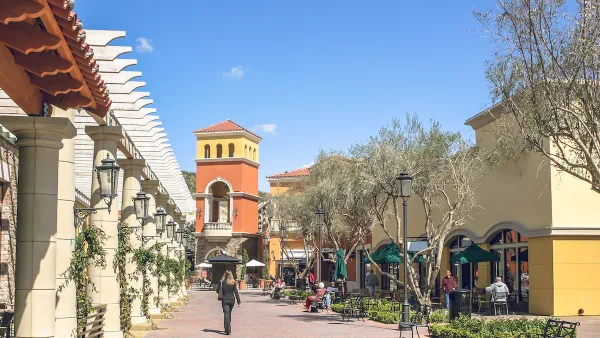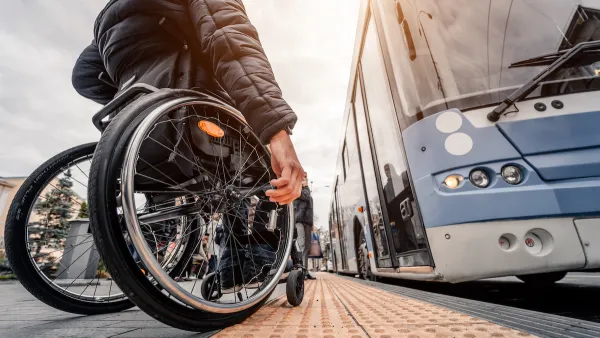The rankings in a recent report are about the potential of U.S. cities to become more like the 15-minute city model provided by Paris.

Natalie Bicknell shares news of a new report by moveBuddha, an online company that shares information and resources for moving, that ranks U.S. cities by their achievement of the "15-minute city" ideal that has gained traction in urbanism circles in recent years.
"[Mi]d-size American cities of 250,000 to 750,000 residents dominated the rankings of the top 25 future 15-minute cities in the United States," report Bicknell of the report's findings. A few large cities "known for engaging in urban planning on the neighborhood level," namely, Chicago and Philadelphia also made the cut.
The report compares data from 78 large U.S. cities on metrics like bike and walk scores, access to dining, safety, child care, schools, medical facilities, and more, according to an article for moveBuddha by Joe Robison.
Bicknell includes one critical note about the methodology of the report. The study excluded destinations that could be accessed by transit. "The decision was based on guidance from the Congress for the New Urbanism (CNU), which has decided to omit transit from its definition of a 15-minute city," explains Bicknell.
So which cities topped the list? Miami came in at number one, with San Francisco and Pittsburgh coming in second and third, respectively.
FULL STORY: Study Ranks U.S. Cities by 15-Minute City Potential

National Parks Layoffs Will Cause Communities to Lose Billions
Thousands of essential park workers were laid off this week, just before the busy spring break season.

Retro-silient?: America’s First “Eco-burb,” The Woodlands Turns 50
A master-planned community north of Houston offers lessons on green infrastructure and resilient design, but falls short of its founder’s lofty affordability and walkability goals.

Delivering for America Plan Will Downgrade Mail Service in at Least 49.5 Percent of Zip Codes
Republican and Democrat lawmakers criticize the plan for its disproportionate negative impact on rural communities.

Test News Post 1
This is a summary

Test News Headline 46
Test for the image on the front page.

Balancing Bombs and Butterflies: How the National Guard Protects a Rare Species
The National Guard at Fort Indiantown Gap uses GIS technology and land management strategies to balance military training with conservation efforts, ensuring the survival of the rare eastern regal fritillary butterfly.
Urban Design for Planners 1: Software Tools
This six-course series explores essential urban design concepts using open source software and equips planners with the tools they need to participate fully in the urban design process.
Planning for Universal Design
Learn the tools for implementing Universal Design in planning regulations.
EMC Planning Group, Inc.
Planetizen
Planetizen
Mpact (formerly Rail~Volution)
Great Falls Development Authority, Inc.
HUDs Office of Policy Development and Research
NYU Wagner Graduate School of Public Service





























